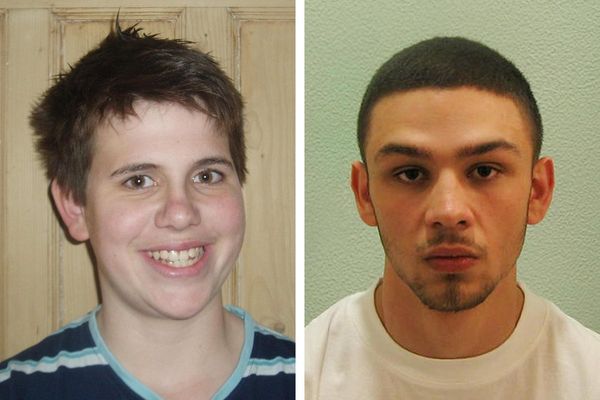

The number of people waiting more than four hours in A&E, and those waiting to start routine hospital treatment, have both reached new record highs. A total of 31.1% of people, including 45.5% of those who went to Major Accident and Emergencies (A&Es), had to wait longer than four hours to be seen in emergency rooms.

Sky News reported, while there has been a slight decline in the number of patients who must wait 18 months before receiving treatment—600 fewer patients did so in October—the number of patients who must wait longer than a year before beginning elective treatment has increased.
According to the recentdata, 410,983 people—up from 404,851 in September—are currently waiting more than a year for treatment. After March 2021, this number ranks as the second-highest on record. Additionally, it has increased by 223 times since February of 2020, before the COVID pandemic.
According to data from NHS England, 37,837 people waited more than 12 hours in November, a decrease of 14% from the record-breaking 43,792 in October. The second-highest monthly total since records began in August 2010.
Cancer wait increased by 2.5 times than pre-COVID
According to Sky News, although the number of people waiting longer than two weeks to see a cancer specialist after receiving an urgent referral from a GP has decreased, it is still three times higher than the 7% target.Additionally, it is 2.5 times worse than it was before the Covid-19 pandemic.

Approximately 8% of patients are waiting longer than a month for treatment after a cancer specialist has determined they require it. Despite being slightly better than September's 8.9%, this is double the 4% target.
With no more than 15% of patients waiting longer, the NHS aims to provide treatment within two months of an urgent GP referral. In October 2022, 39.7% of people were waiting longer, the second-highest figure on record.







